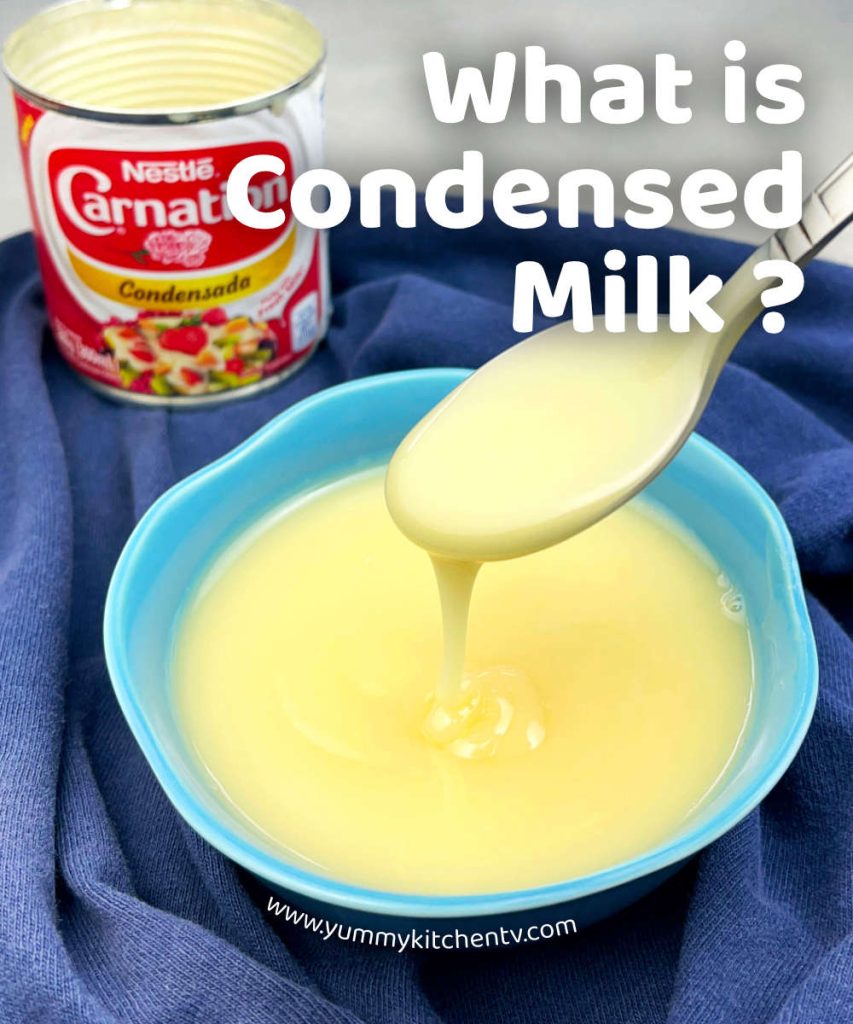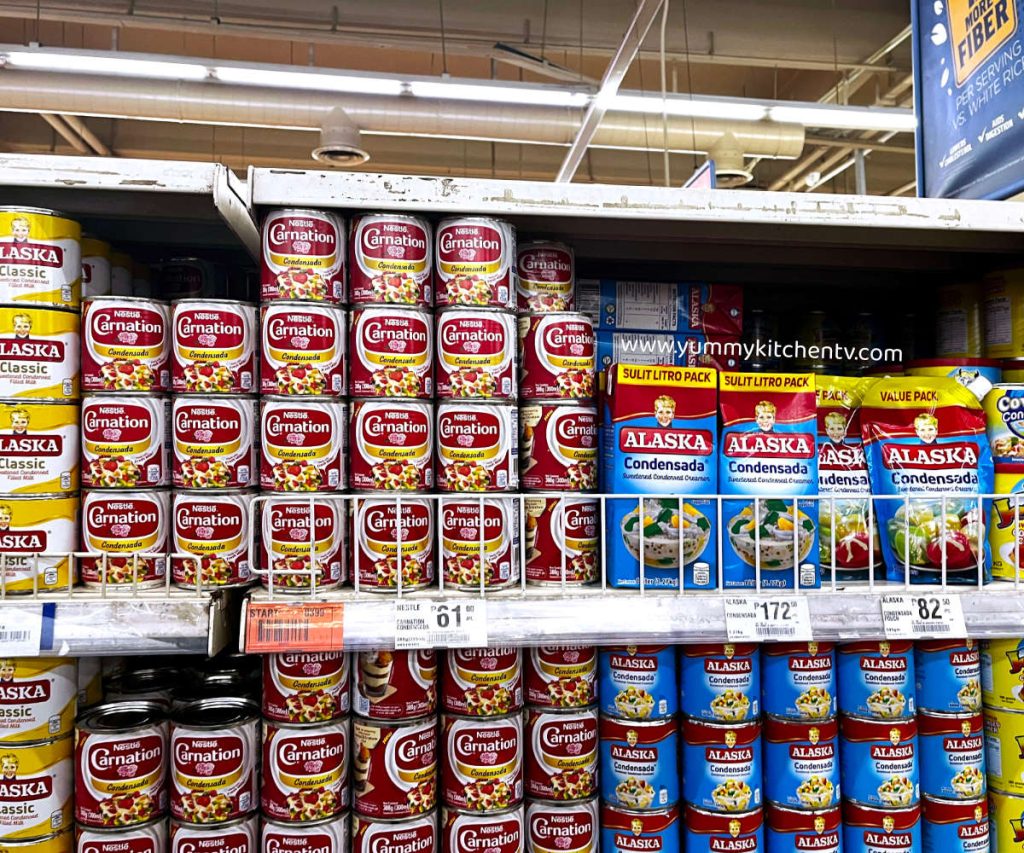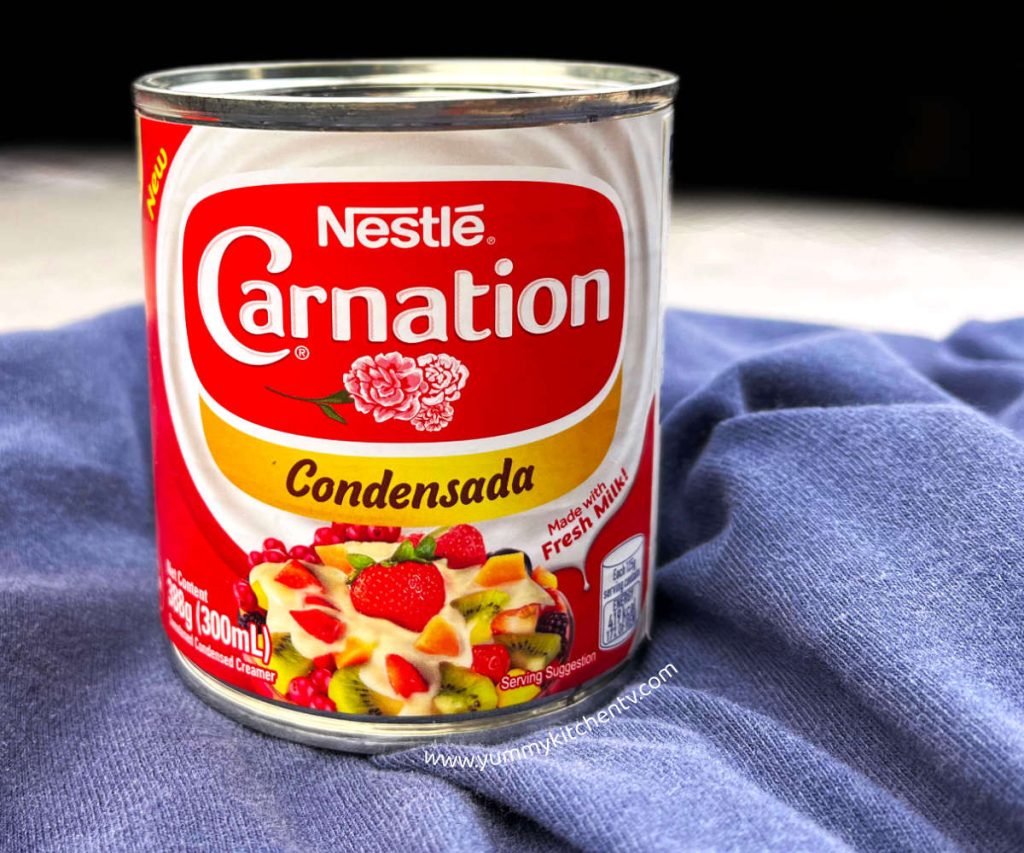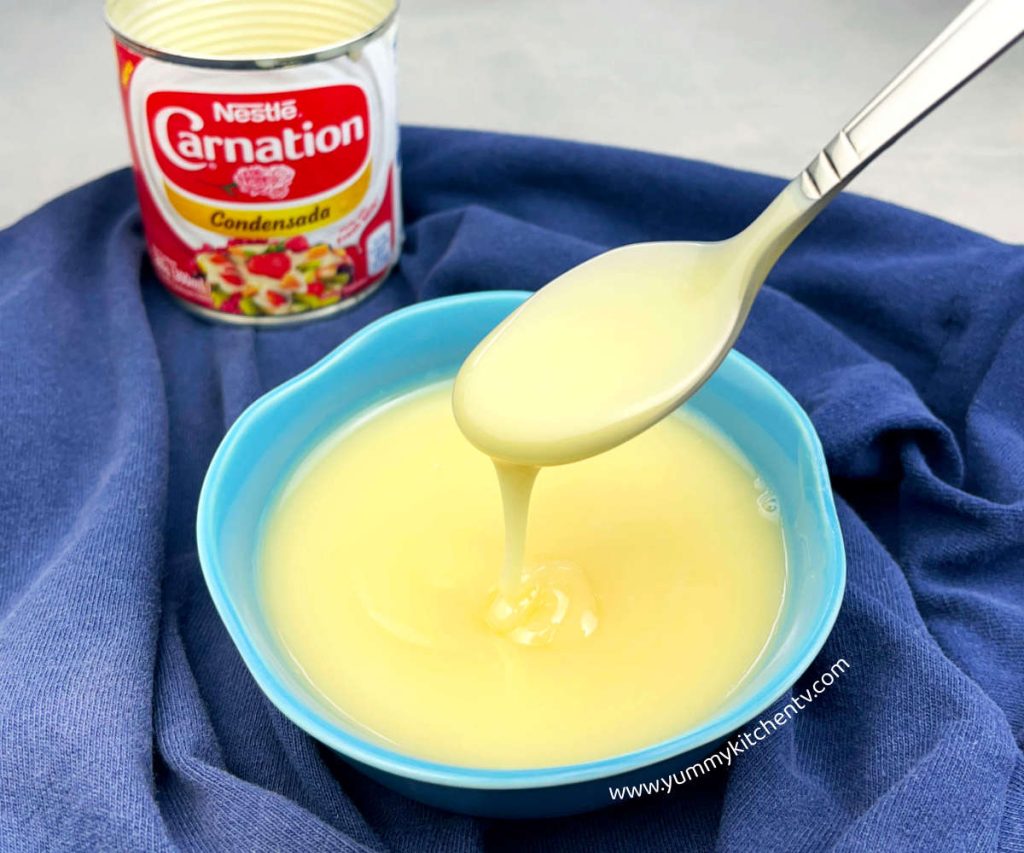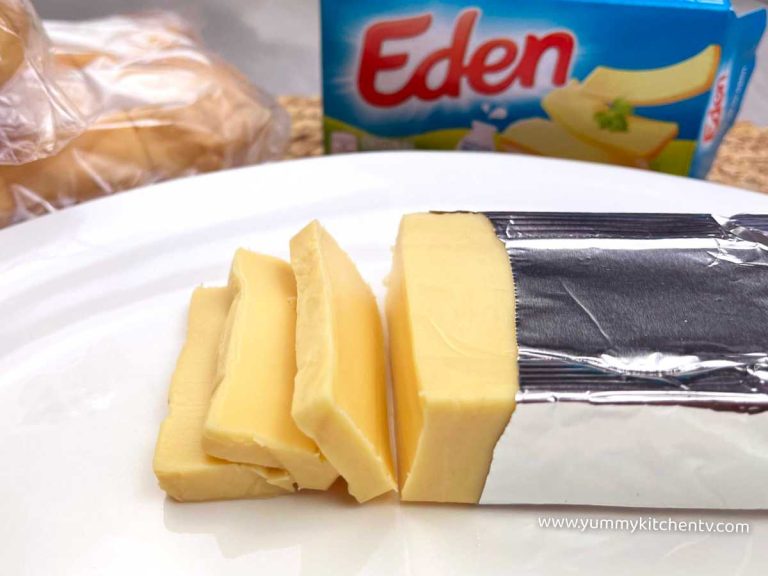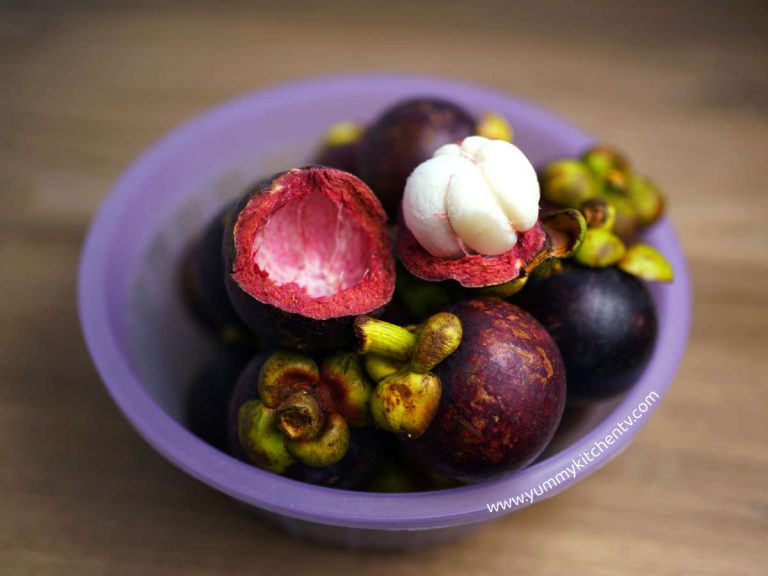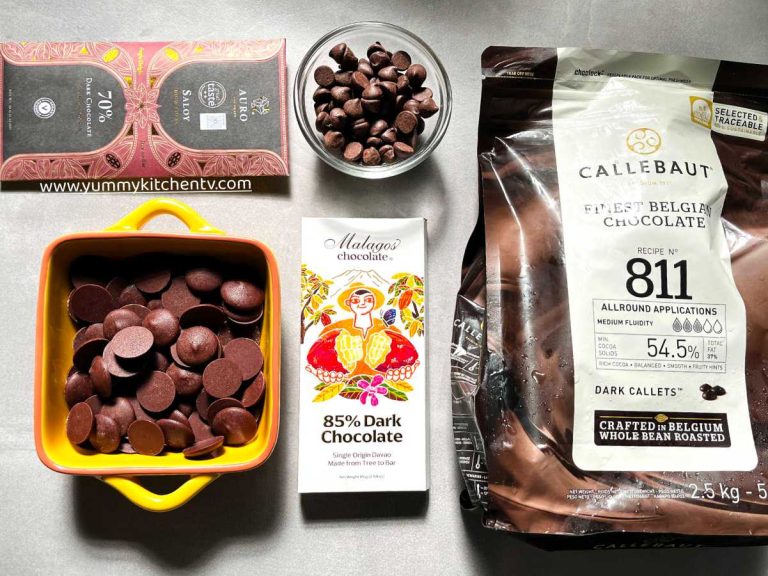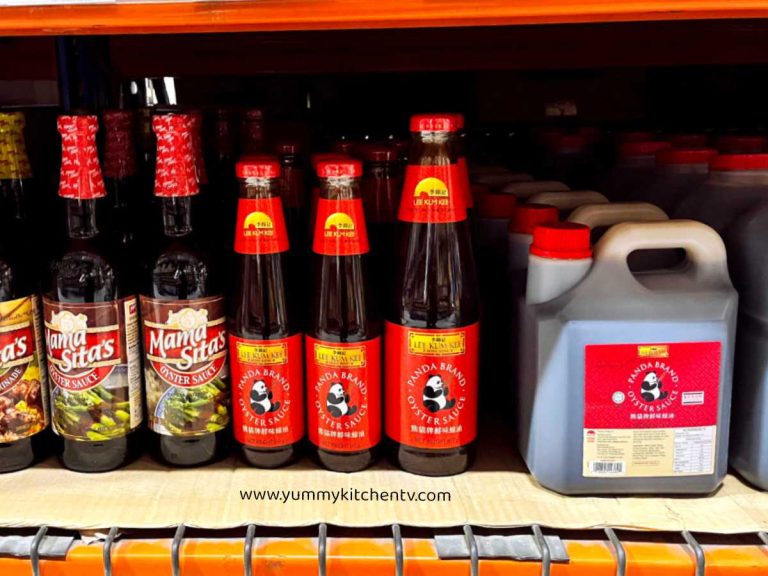What is Condensed Milk ?
Condensed milk is made from any milk, usually cow’s milk, with at least 60% of the water removed, often added with sugar as thickener. Canned sweetened condensed milk is a pantry staple used by many bakers to add sweetness or moisture into the baked goods without making them too wet. Some prefer using this can of sweet thick liquid to marinade pork or chicken instead of sugar. But what other things can you do with condensed milk?
A short Introduction
Condensed milk is clarified raw dairy milk with roughly 60% or more water removed, the remaining 40 – 45% is sugar added in as a thickener, or around a 9:11 ratio or milk to sugar. While you can find different cans of ‘condensed milk’ and ‘sweetened condensed milk’ the former being thickened milk and the latter with sugar added. These names are used interchangeably as you can rarely find one without sugar. These are unusually sweet and thick and if unopened, this can last for years without refrigeration.
According to history, this was produced since the 13th century, by ‘Tatars’, a term for different ethnic Turkish groups. Marco Polo a venetian writer and explorer, reported that the milk paste or milk curb was mixed with water to dilute and make fermented milk concentrate. It also appeared in 1820 France and in the United States in 1853. During those times, milk could only be kept fresh for a few hours, in the immediate vicinity of the lactating cow. Due to this, many children died from poor milk obtained from ship boarded cows. Gail Borden, an American publisher and inventor was inspired by the vacuum pan used to create condensed fruit juice and managed to reduce the milk without curdling or scorching it. Him and Jeremiah Milbank were able to produce a milk derivative that could last long enough without refrigeration. These were used and spread out by the 1860s around the world with Nestlé being the largest condensed milk plant.
Found packed as condensed milk tubes, in tin cans, bottled in squeeze tubes. These are used all around Europe and Asia. From being added to teas, coffee especially in Vietnamese and Cambodian coffee, Spain also has an espresso condensed milk drink called café bombón. Being used as a quick dulce de leche in the Philippines, to the Brazilian candy brigadeiro, in the United Kingdom these are mixed in with clotted cream to create fudge.
Condensed milk vs evaporated milk
Always placed right beside each other at grocery stores. It might be confusing to choose which concentrated sweetened canned milk will be right for your drink or dish. Here are some differences between these two pantry staples:
- Both are cooked till a certain amount of water content has evaporated. Evaporated milk is usually unsweetened, while condensed milk is sweetened and thickened with sugar.
- There are 3 types of evaporated milk, depending on the fat content, these are whole milk, low-fat, and skim. Unopened, all can be kept for a year without refrigeration.
- This has 2 types, condensed milk and sweetened condensed milk that are used interchangeably. One being sweeter than the other.
Condensed milk substitutes:
If this liquid gold is not available, don’t worry, here are some combinations that can help replace this delicious ingredient:
- Powdered milk, you can also use rehydrated powdered milk 1:1 milk powder to hot water ratio. Add a bit more sugar if the sweetness does not feel like it;s enough.
- Heavy milk, mix a 2:1 ratio of heavy cream and granulated sugar. Simmer for 30 minutes or more till it thickens in texture. Cool before using.
- Evaporated milk, cook a can with ⅔ or equal amounts of sugar. Simmer over a medium flame for 1 – 2 minutes or till the sugar dissolves. Let it cool at room temperature, this will thicken naturally.
- For a non dairy substitute, use 1 part coconut cream and 2 parts water, simmer with ¼ or ⅓ cup sugar if it’s too liquidy and needs more sweetness.
What is condensed milk used for?
These can be used for drinks, the popular Thai Iced tea, a traditional Puerto RIcan christmas beverage called Coquito, Hong Kong-Style Condensed milk Toast, the Tres Leches Cake from Latin America, in the US and Europe these are used for recipes like condensed milk fudge, a quick two step condensed milk ice cream, now you can even make, cookies with one can of this sweet liquid.
Philippine’s use for Condensada
There is no denying that if you are familiar with Filipino foods, Filipinos love sweets. Condensed milk or ‘Condensada’ in Filipino is also one of the favorite ingredients to add. It’s added into pastas like the famous Jollibee spaghetti, or some savory meals and soups are even sprinkled with a bit of sugar. And the use of this thick sweet milk is also apparent in many desserts. Especially creamy desserts, here are some examples of sweetened condensada recipes
- Fruit Salad, this Christmas dessert is all the rage at parties, for those who want a ‘healthier option’ or a quick and easy mix of fresh or canned fruit, sweet cream dressing, adding nata de coco, kaong, and many more fruits depending on each household.
- Buko Pandan, the simplified coconut based version of the fruit salad with a hint of green coloring. This Filipino cooler is made of coconut, coconut juice, condensada, nata de coco, buko pandan kelly, tapioca pearl, and a cream base mixed with a drop or two of buko pandan flavoring. There’s even another version without the pandan flavoring, White Buko Salad.
- Macaroni salad, if you are looking for a sweet, and salty filling meal like dessert. This is a mix of cooked macaroni, and a base of strained fruit cocktail, seasonings, mayonnaise, cheddar cheese, all purpose cream and condensada mix, and many more mixins that you’d like to add.
- Leche Flan, a traditional Filipino dessert that’s a simple mix of caramelized sugar, eggs, milk, and condensada.
- Mango Graham Ref cake or Mango Graham Float, a popular overnight chilled cake made of the Philippine’s most popular fruit mangoes! These also need just a few ingredients to make it as delicious as it is.
- Condensed milk cake, a simple but decadently indulgent cake that can also be made without an oven, Condensed milk cake (no oven), or in ube flavor (Ube Condensed Milk cake)
- Ube halaya, if you’re craving for Ube based desserts, then this is a recipe that you will appreciate. It’s added into baked goods as a better baking substitute to ube jam.


